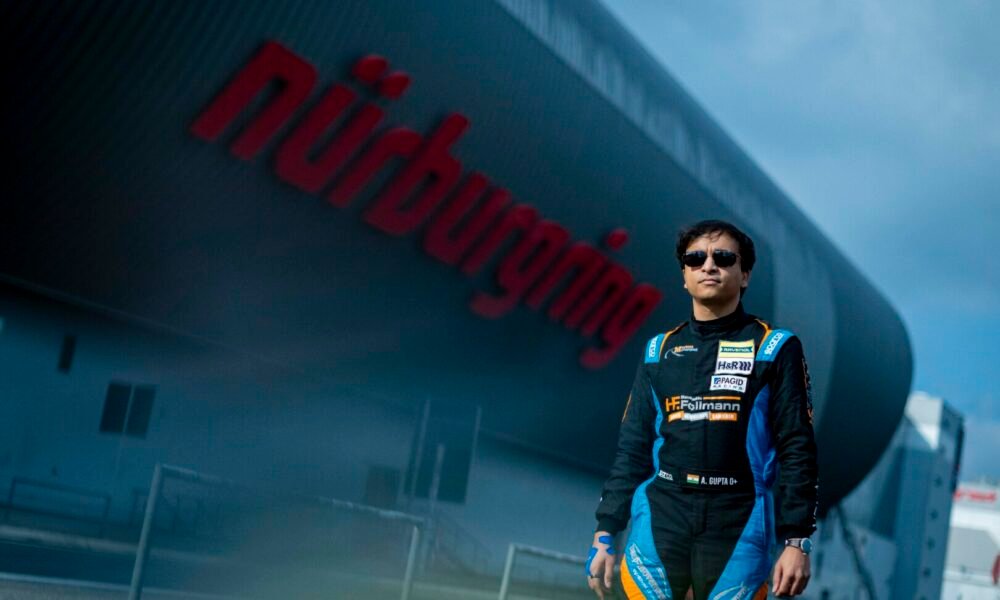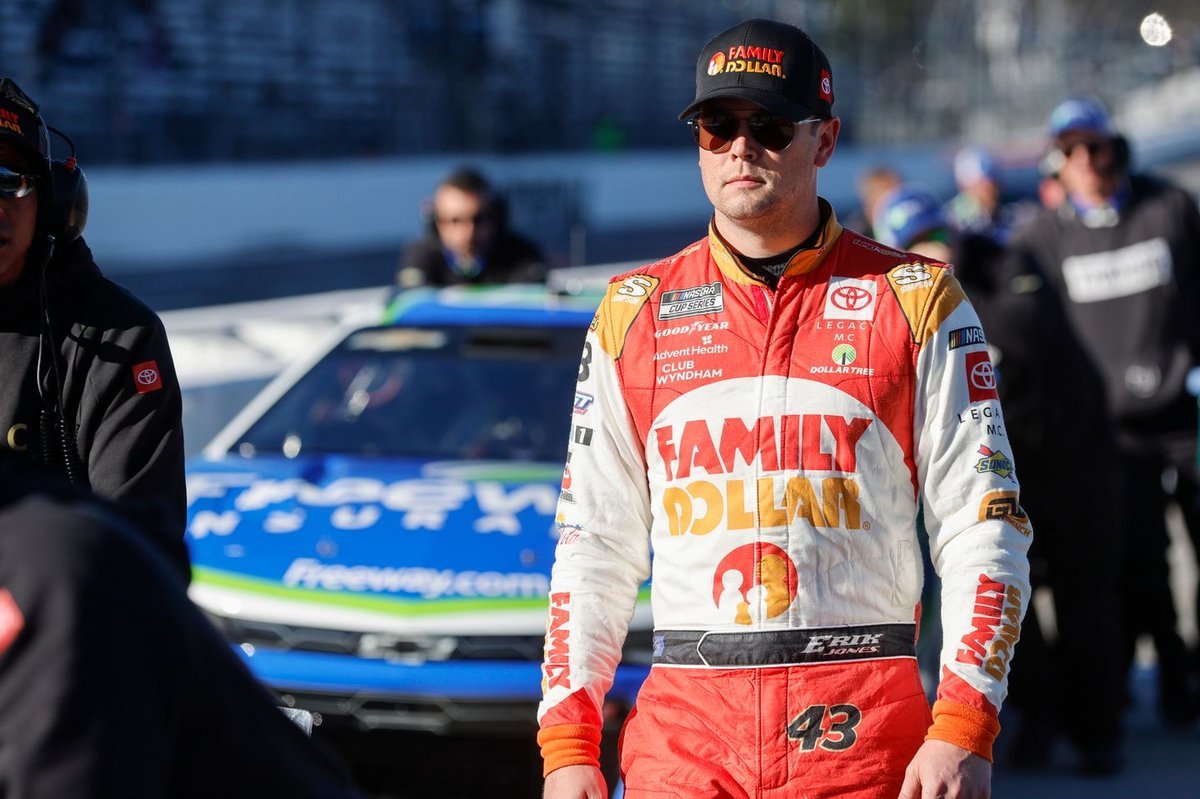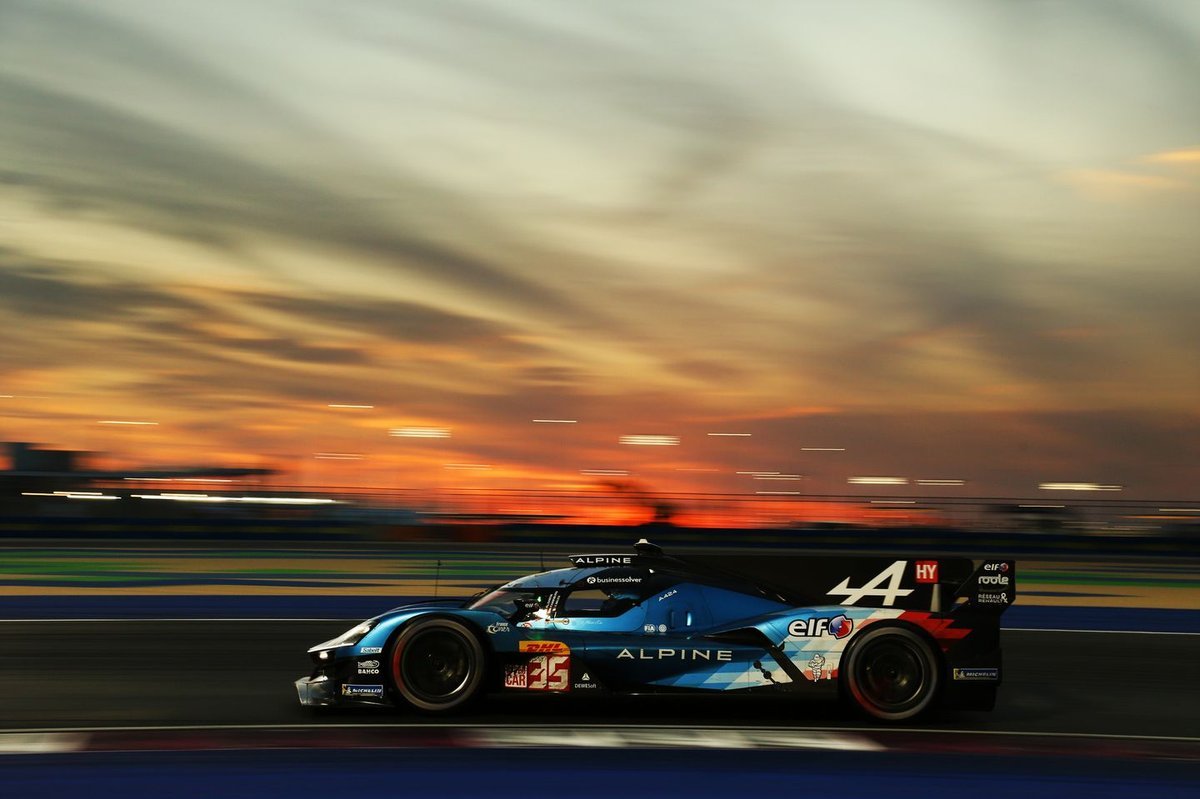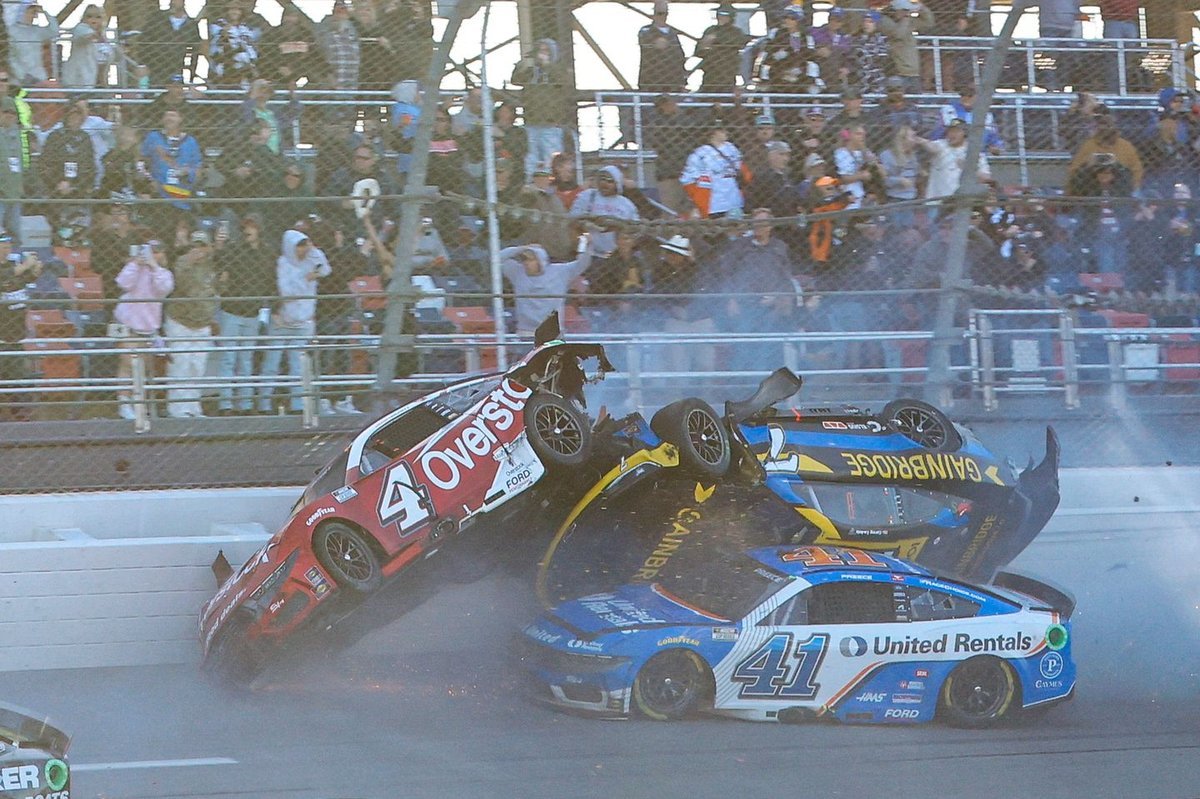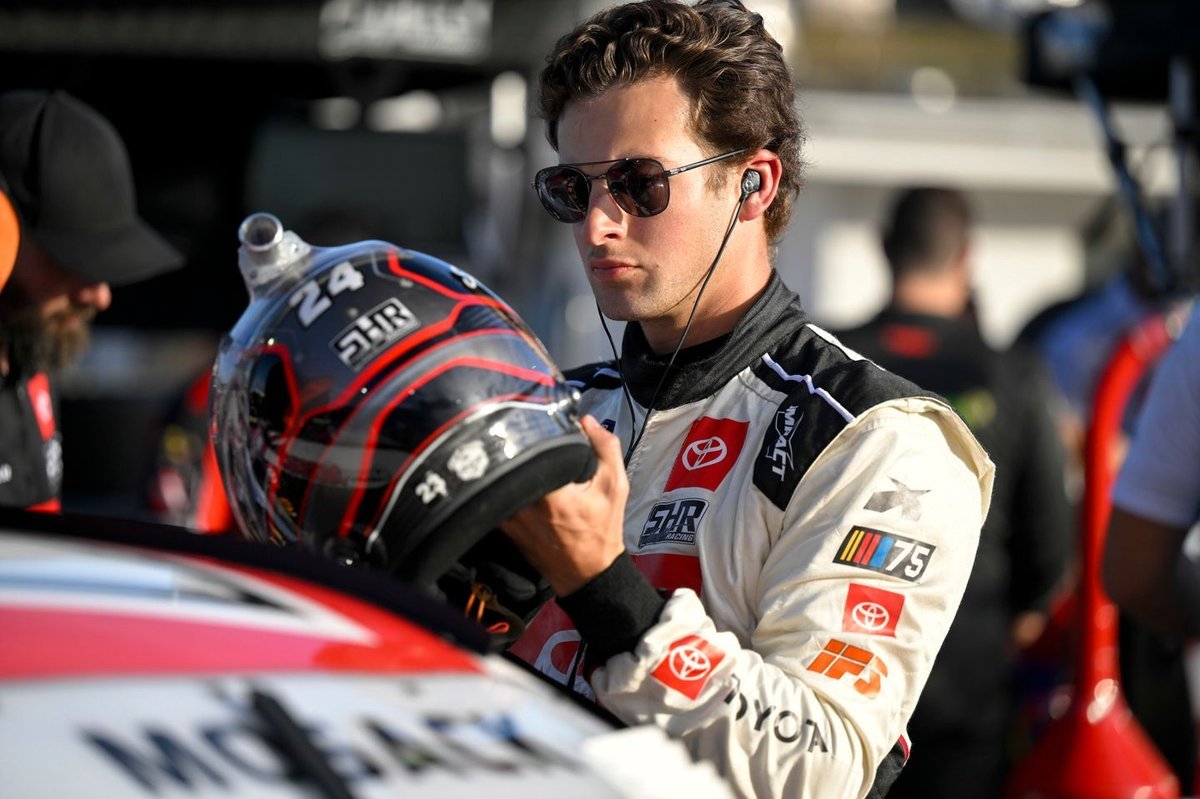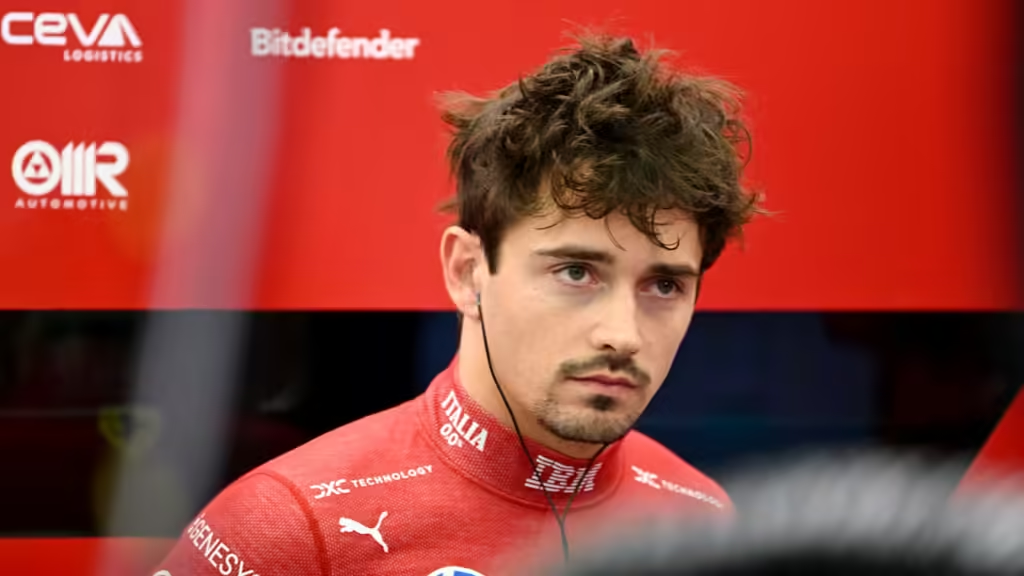
Charles Leclerc emerged from the season-opening Bahrain Grand Prix with a solid fourth-place finish, but the mood within the Ferrari camp was far from celebratory. Despite promising one-lap pace, the Monegasque driver found himself losing touch with the front-runners during the race. Most notably, McLaren’s consistent pace throughout the 57-lap contest exposed a performance deficit that Ferrari is now under pressure to address.
Leclerc, who had shown glimpses of Ferrari’s improved performance in qualifying, described the team’s pace drop-off in the race as “annoying” and “unexpected,” especially considering the confidence generated during pre-season testing. As both Lando Norris and Oscar Piastri managed to extract more consistent race-long speed from their MCL38, the SF-24 appeared to fall short in both tyre preservation and outright race pace.
Tyre Management Woes Continue to Haunt the Prancing Horse
One of the major talking points from Ferrari’s Bahrain outing was the persistent issue of tyre degradation. While Ferrari’s engineers believed the 2024 car had made progress in addressing the tyre wear concerns that plagued their 2023 campaign, the Bahrain race told a different story.
Leclerc’s struggles were most apparent during the middle stint, where he lost ground to Norris despite a well-timed pit strategy. Ferrari opted for an aggressive setup focused on qualifying pace, but that decision may have backfired under the high-degradation conditions of the Sakhir circuit. Leclerc himself admitted post-race that McLaren seemed to maintain tyre performance over longer stints more effectively.
The team’s telemetry data confirmed that rear tyre degradation was significantly higher on the SF-24 than on the MCL38. This degradation not only limited Ferrari’s ability to mount an attack on the podium but also forced them into defensive strategy modes for large portions of the race.
Ferrari’s Technical Department Urged to Accelerate Development Plan
With the calendar rapidly moving towards high-downforce tracks like Jeddah and Melbourne, Ferrari’s technical director Enrico Cardile has reportedly instructed his department to fast-track a package of upgrades initially planned for the Spanish Grand Prix. These updates are believed to include revised floor aerodynamics, modified front suspension geometry, and weight-saving measures to improve balance and traction during longer stints.
The urgency behind this move is rooted in the narrow performance window that currently separates Ferrari, McLaren, Mercedes, and Aston Martin in the midfield battle behind Red Bull. Failing to address the early deficit could severely compromise Ferrari’s chances of challenging for consistent podiums in the first half of the season.
Leclerc’s Post-Race Comments: A Frustrated Yet Focused Tone
In his post-race debrief, Leclerc did not mince words when assessing Ferrari’s position relative to McLaren. “The car felt good on Saturday, but it didn’t translate on Sunday,” he said. “We expected better pace over a race distance, but McLaren managed things better, especially on the second stint. That’s where we lost the most time.”
The 26-year-old Ferrari driver also hinted that the balance of the car shifted unpredictably during the race, particularly under braking and traction zones. These issues prevented him from fully pushing against the McLaren drivers, who were running with visibly less tyre drop-off. While the team is not panicking, there is a sense that Ferrari must act decisively before the midfield battle turns into a runaway fight for P3 in the Constructors’ standings.
McLaren’s Step Forward Highlights Ferrari’s Plateau
McLaren’s performance in Bahrain showcased the fruits of their technical overhaul, led by technical director Peter Prodromou. The British team’s upgrades—featuring a revamped rear suspension and improved cooling architecture—seem to be delivering better tyre usage and more predictable handling. This development arc is now serving as a benchmark for Ferrari.
Ferrari, on the other hand, has been relatively conservative with winter upgrades, banking on a more refined version of the SF-23 concept. While this strategy paid off in qualifying, the race revealed that McLaren’s riskier, more aggressive technical path is beginning to yield a higher performance ceiling.
Leclerc noted that if Ferrari wants to fight consistently with Red Bull or even stay ahead of McLaren, it must develop “more dynamic responses” to track-specific challenges, especially in high-degradation scenarios like Bahrain.
Looking Ahead: Saudi Arabia Circuit Demands Different Skillset
Ferrari now shifts its focus to the high-speed Jeddah Corniche Circuit, where straight-line speed and low downforce setups will dominate. While the SF-24 has shown good power unit reliability and top-speed potential, the question remains whether the team can unlock enough race pace stability to challenge for a podium.
Ferrari team principal Frédéric Vasseur emphasized post-race that “the race in Jeddah will be an entirely different test. We are working around the clock to improve our tyre understanding, and we believe that with the data collected in Bahrain, we’ll come back stronger.”
The Saudi Arabian Grand Prix will be a crucial litmus test for Ferrari’s true potential in 2024. If the tyre degradation problems continue, it may signal deeper structural concerns with the SF-24’s race-day setup philosophy.
Conclusion: Ferrari Must Respond Swiftly to Avoid Falling Behind
The 2024 Bahrain Grand Prix may only be the first chapter of a long season, but the signs are clear. Ferrari cannot afford to remain reactive while rivals like McLaren make proactive leaps. Charles Leclerc’s concerns about tyre management, pace gaps, and strategic rigidity highlight a team that must adapt faster to the evolving F1 grid dynamics.
A rapid rollout of upgrades, combined with a refined race strategy and better in-race adaptability, will be critical if Ferrari wants to mount a credible challenge for podiums and victories this season. As the red team regroups for Jeddah, all eyes will be on whether they’ve learned enough from their Bahrain missteps to engineer a strong comeback.




